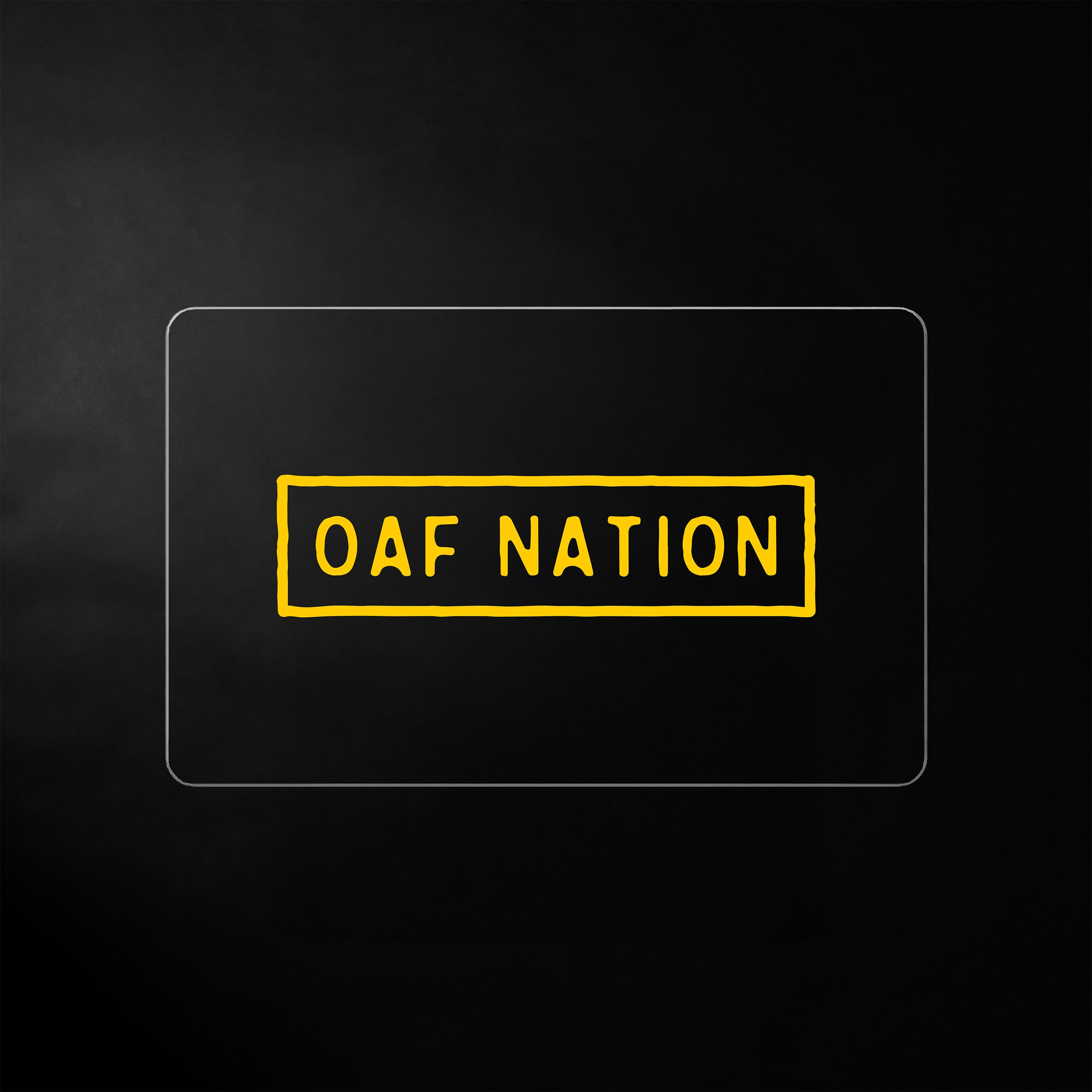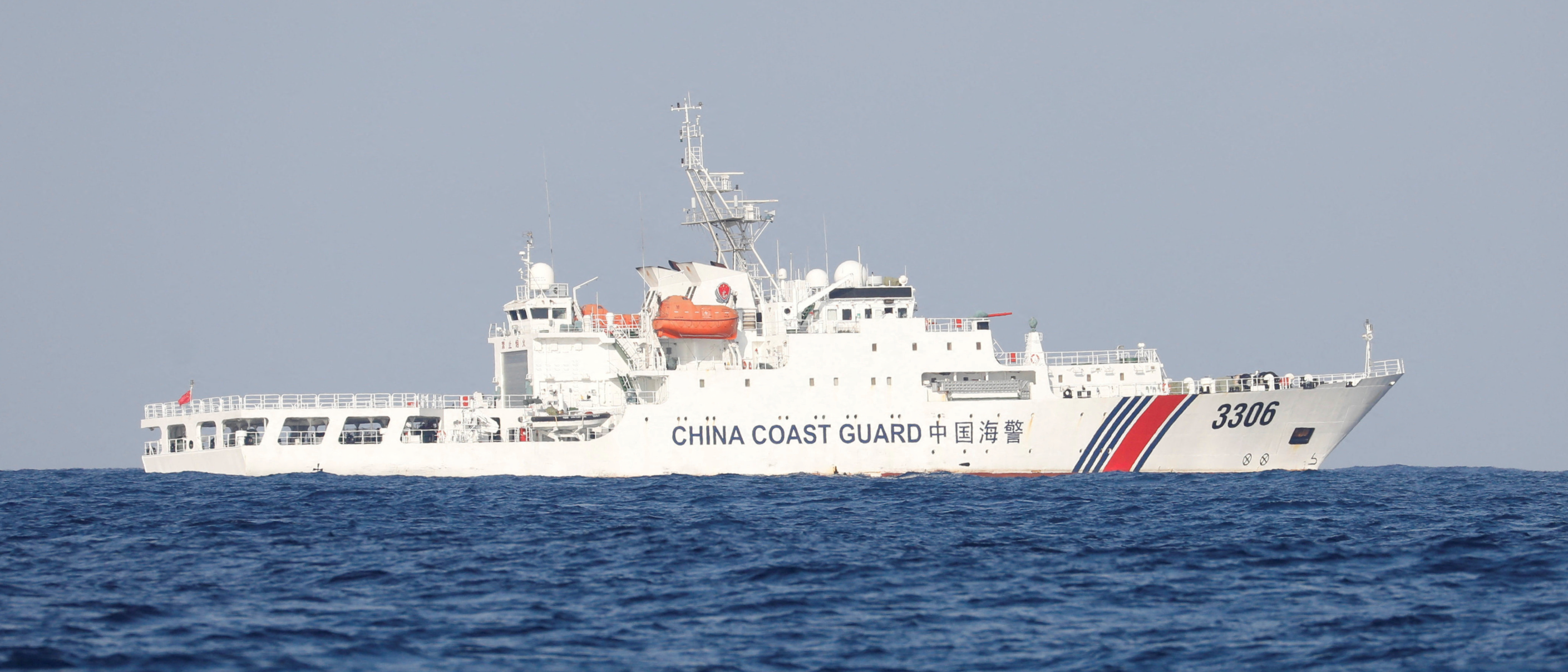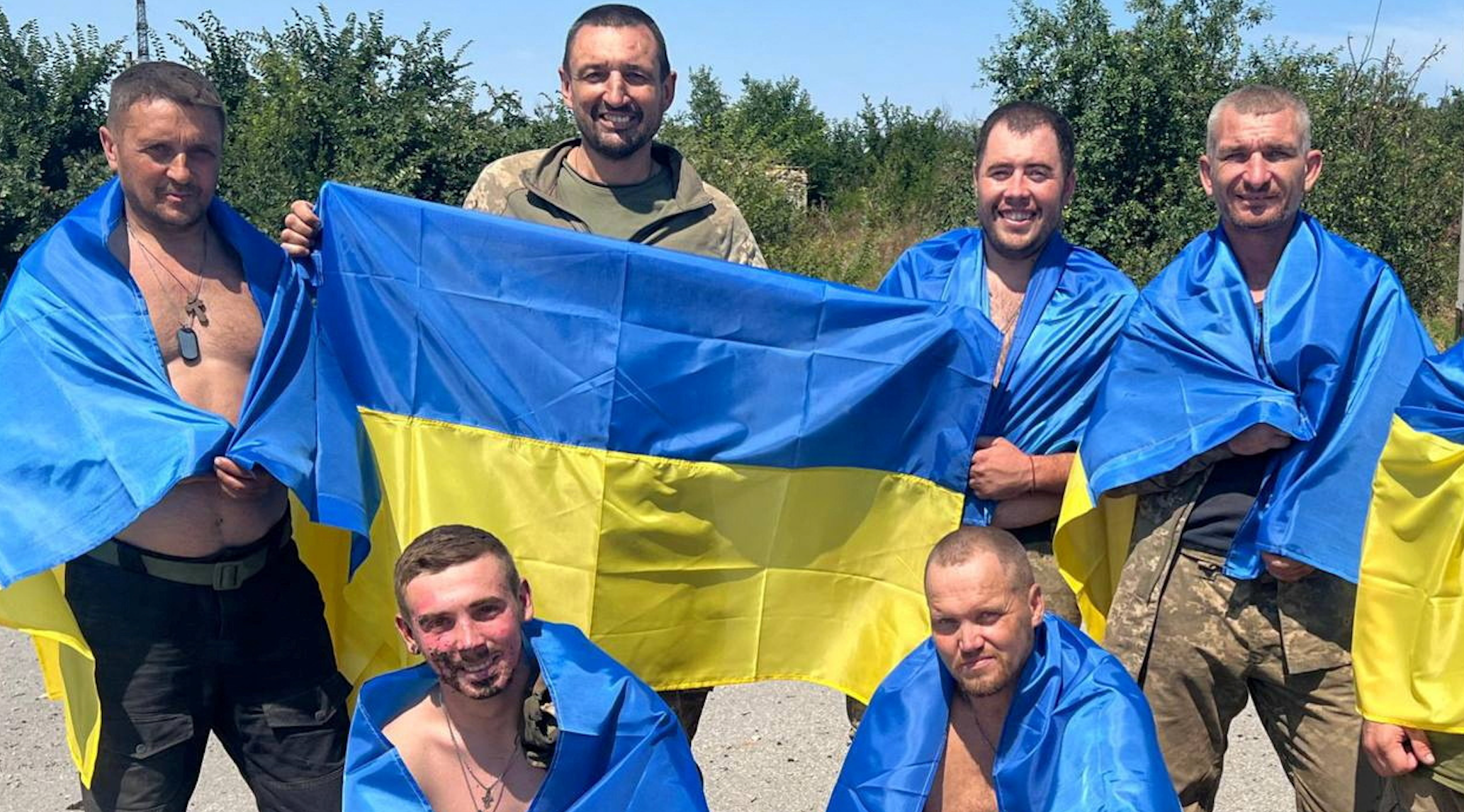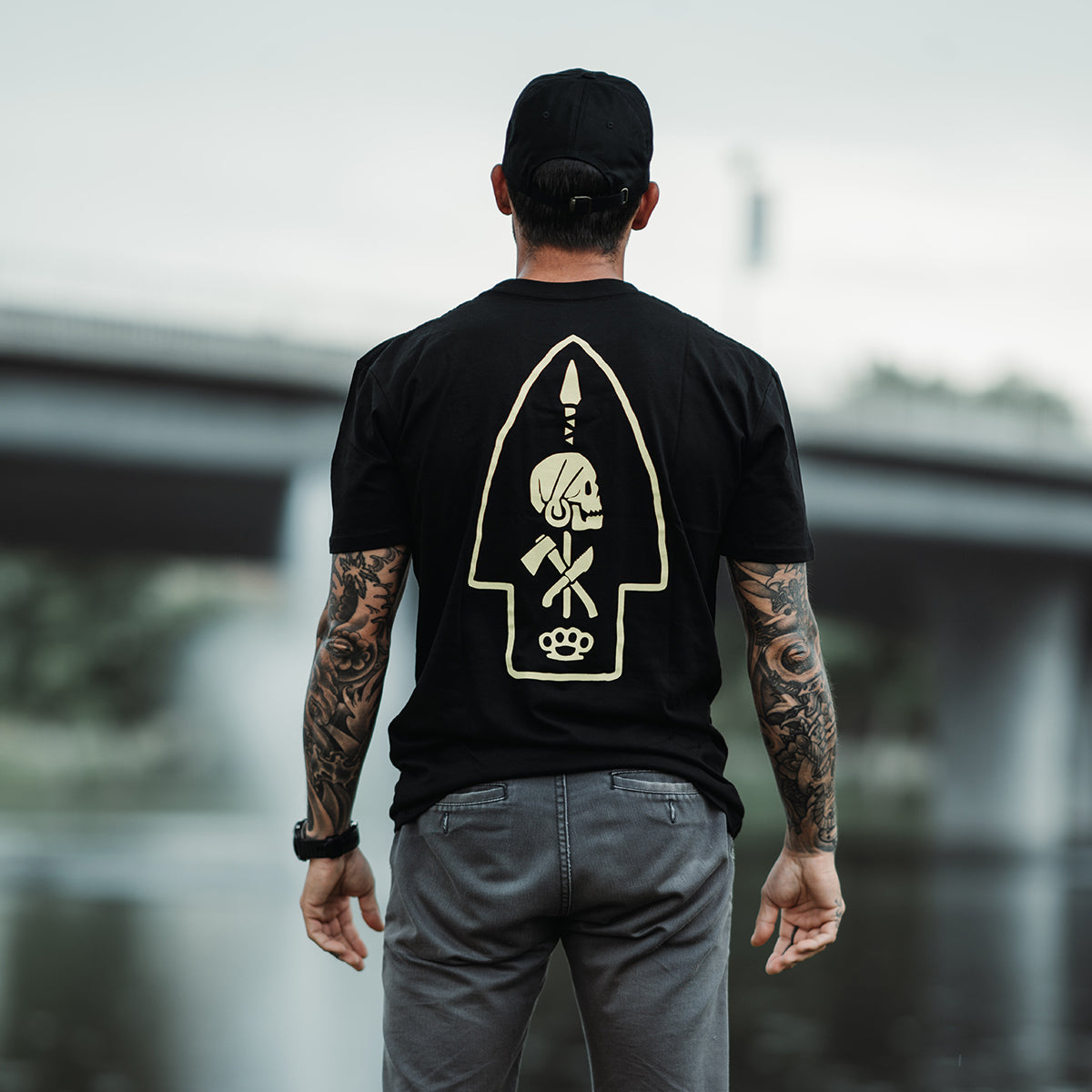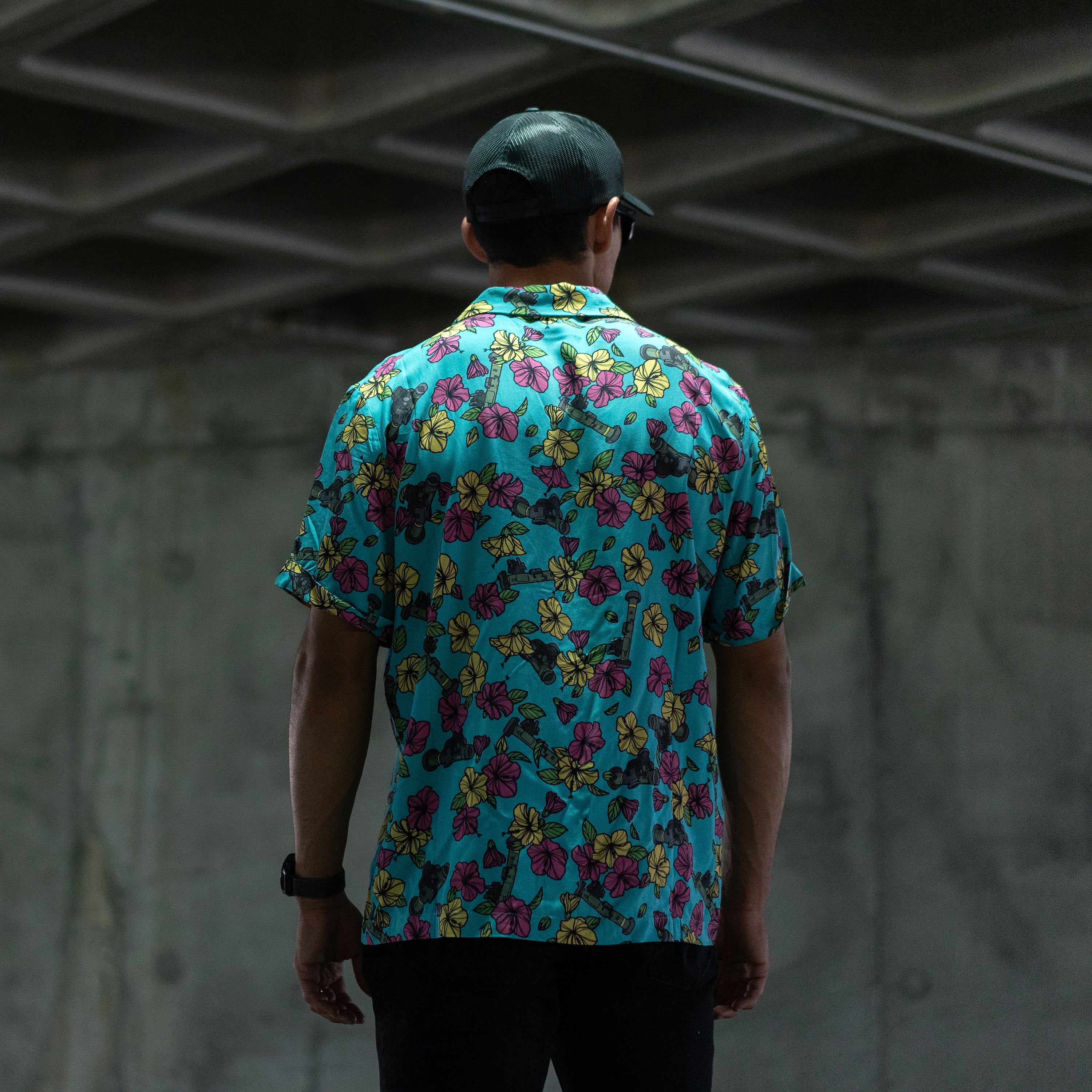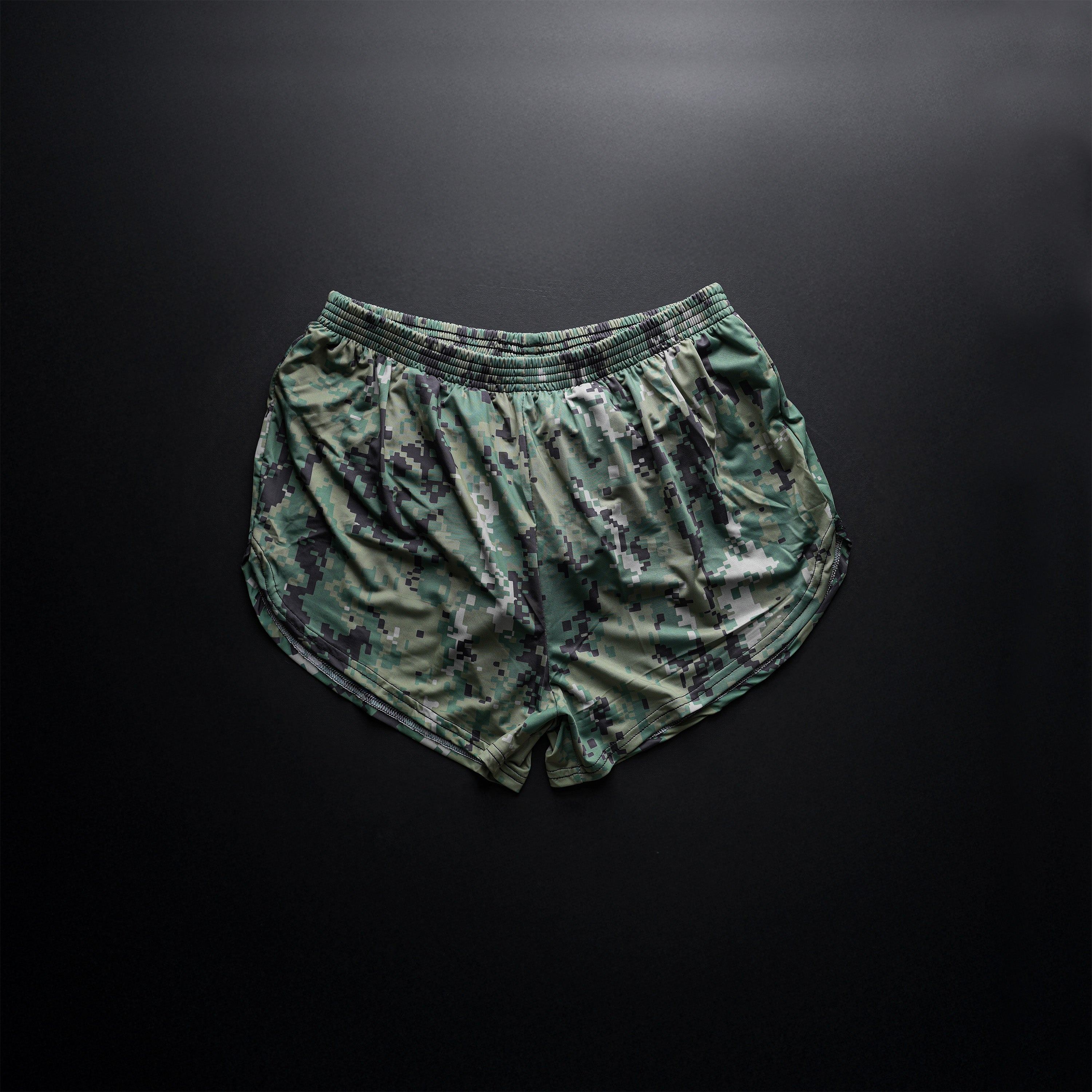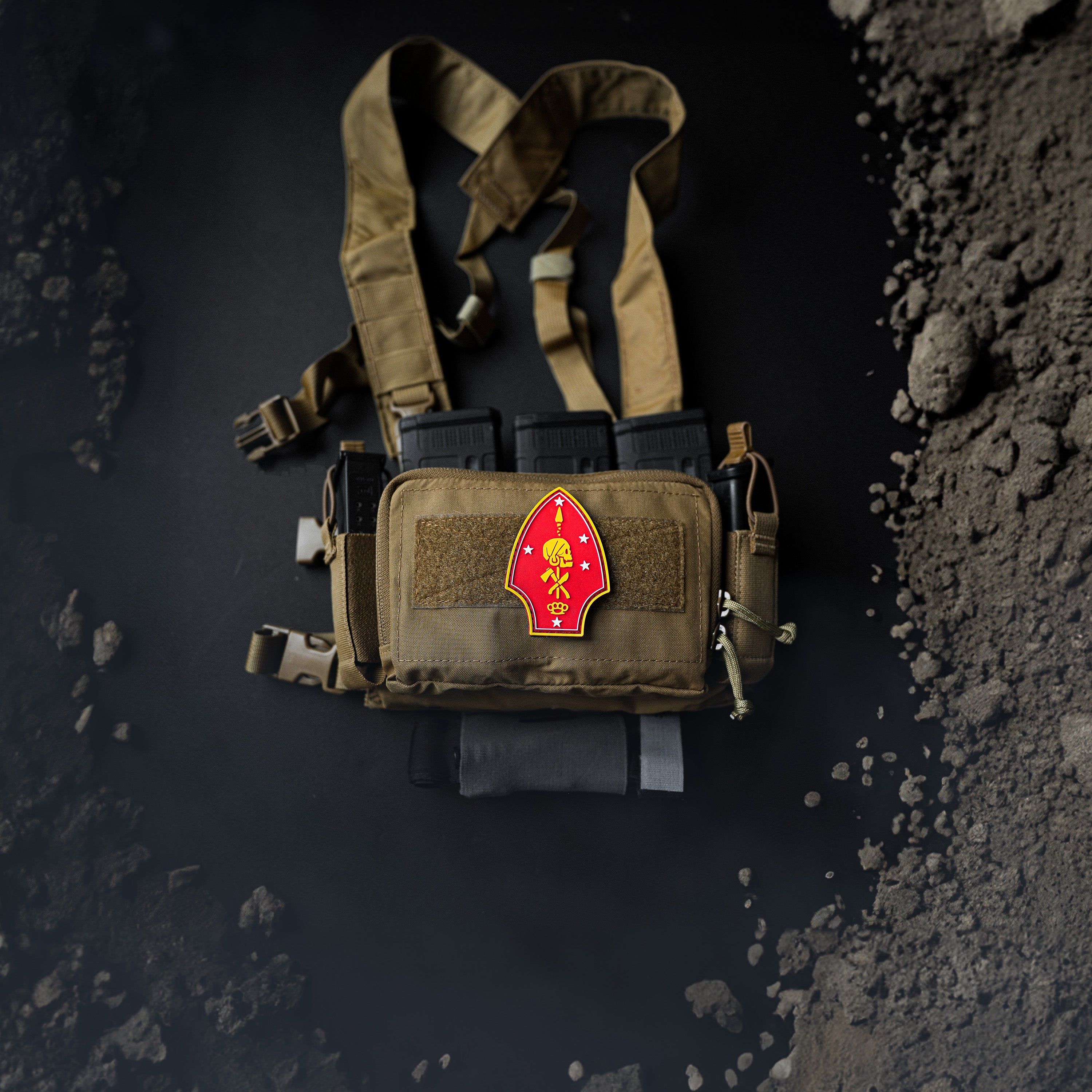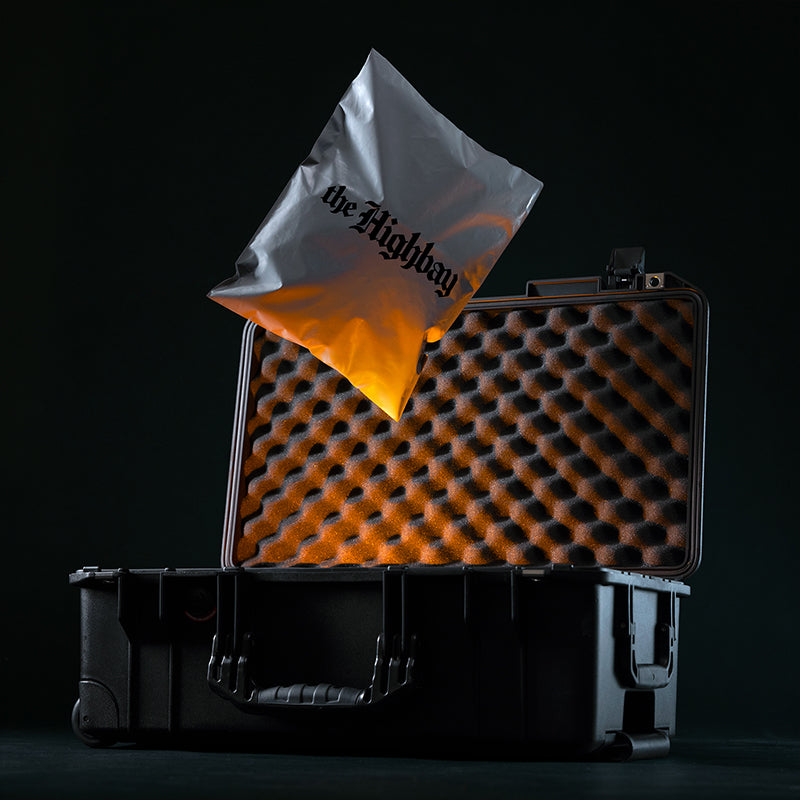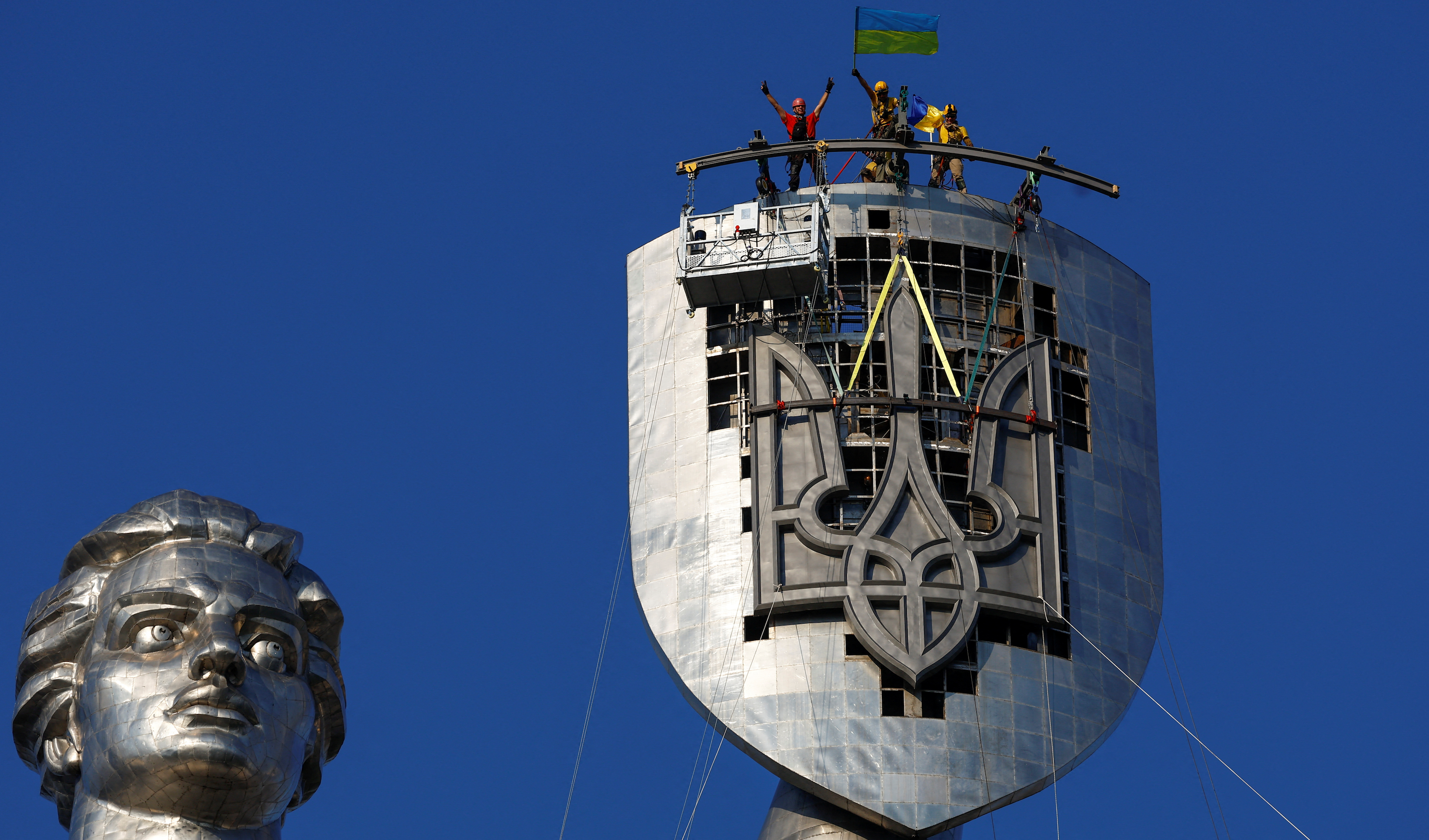
Ukraine removes Soviet symbols from Motherland monument in Kyiv
PHOTO CAPTION: Workers celebrate after mounting a Ukrainian national emblem to the shield of the 'Motherland' monument replacing the Soviet one, amid Russia's attack on Ukraine, at a compound of the World War II museum in Kyiv, Ukraine August 6, 2023. REUTERS/Valentyn Ogirenko
KYIV (Reuters) - Workers installed Ukraine's national trident on an iconic monument depicting the Motherland in Kyiv on Sunday, replacing old Soviet symbols in one of the most visible examples of breaking away from the past and Moscow's influence.
The monument, a 62-metre-tall (200-foot) steel statue of a female warrior, was built in 1981 on top of a hill on the right bank of the Dnipro River. Gazing sternly east, the figure holds a 16-metre (52-foot) sword in her right hand and an eight-metre-long shield in her left.
Originally, the shield bore the Soviet Union's coat of arms - a crossed hammer and sickle surrounded by ears of wheat.
In late July, workers used cables to lower dismantled parts of the coat of arms to the ground. On Saturday, they began installing a 500-kg (1,100-lb) trident on the shield, but were unable to complete the work due to adverse weather and an air attack warning for the capital.
The move has its roots in a movement to “decommunize” - or shed memories of the former Soviet Union - which Ukraine has stepped up since Russia's all-out invasion last year.
That cultural shift to a stronger Ukrainian self-identity was accompanied in recent years by a political tilt to the West that infuriated Russian President Vladimir Putin and was part of his justification for invading.
Kyiv says the invasion appears to be an imperial mission to recreate the Soviet Union.
During the Maidan Revolution of 2014, demonstrators brought down statues of Vladimir Lenin, rejecting authoritarianism and communism and demanding closer ties with the European Union.
Ukraine outlawed Soviet symbols in 2015, the year after Russia annexed Crimea and backed separatist proxies in the country’s east.
Across Ukraine, hundreds of statues of Russian poets and Soviet generals were torn down or defaced, and public art and propaganda murals were covered up or removed.
Thousands of streets and dozens of towns and villages were renamed. Streets and squares previously named after Soviet party leaders or generals were given names associated with national history, prominent Ukrainians or friends of the Ukrainian people such as the late U.S. Senator John McCain.
(Reporting by Olena Harmash, Yurii Kovalenko and Valentyn Ogirenko; Editing by Pavel Polityuk and Frances Kerry)




